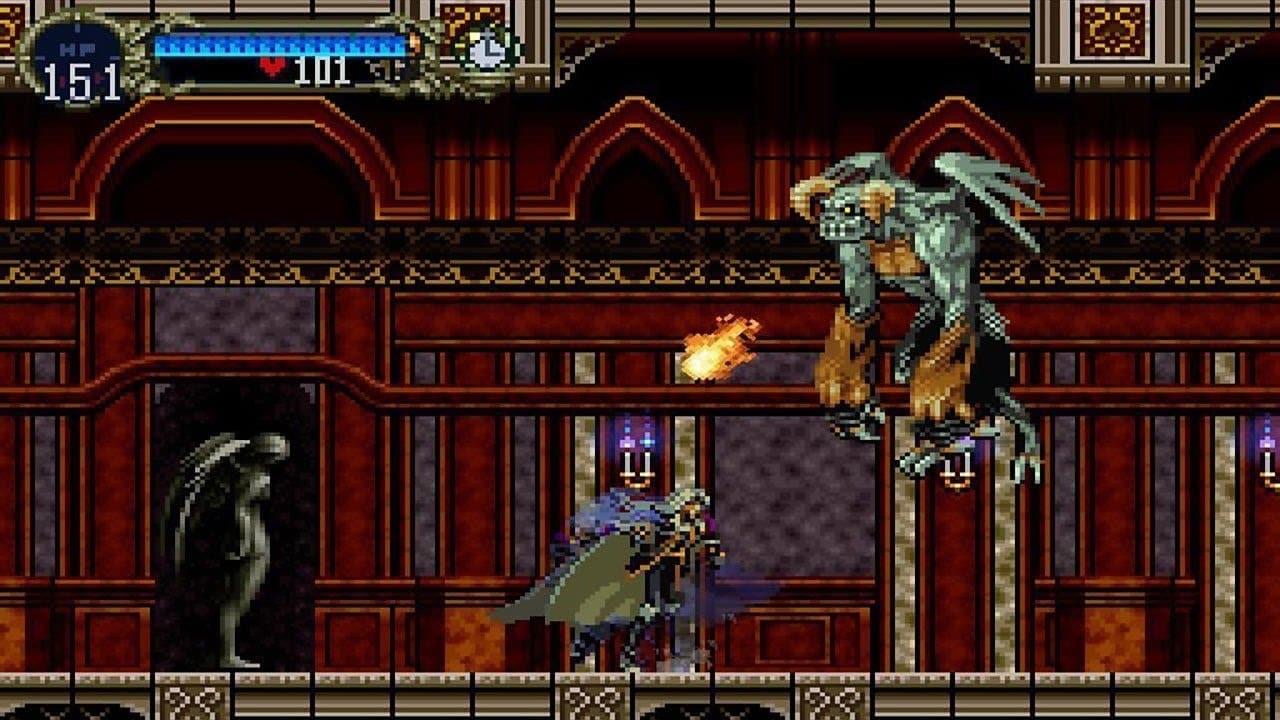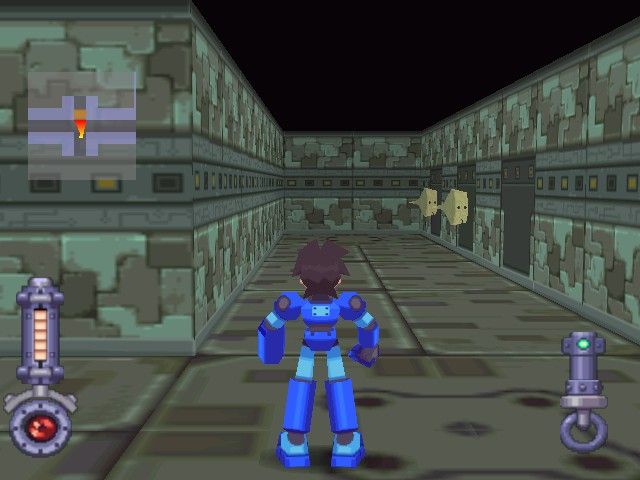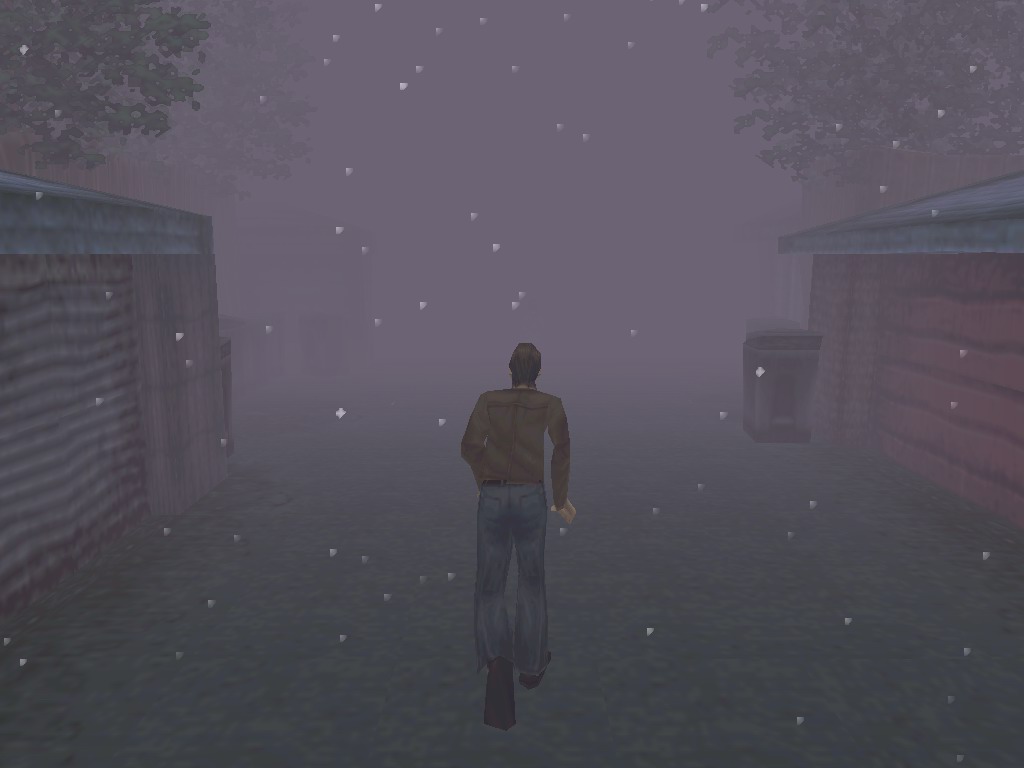Classic video games bring about plenty of nostalgia. Debuting in Japan at the end of 1994 and receiving international releases starting in September of 1995, the Sony PlayStation video game console (known as the PS1 or PSX) began a legacy that continues over 30 years later, with its current iteration being the PlayStation 5. As one of the key technologies inhabiting the “fifth generation” of consoles in the mid-1990s, the PS1 provided a stellar library of excellent 32-bit titles that shouldn’t be missed.
10. Castlevania: Symphony of the Night (1997)

As I already discussed in my article Top 10 Classic Video Games That Still Hold Up, Symphony of the Night represented a significant shift in the classic setup of all previous Castlevania video games released up to that point – namely, the implementation (and exploration) of one large, seamlessly interconnected area encompassing the entirety of Dracula’s famous castle. The game was an excellently crafted and infinitely re-playable masterpiece, even spawning other titles with similar aesthetics (such as Harmony of Dissonance, Dawn of Sorrow, and Portrait of Ruin).
9. Rival Schools: United by Fate (1998)
A bit of a “sleeper” title among the more noteworthy fighting games released for the PS1, but Rival Schools: United by Fate is fun little 3D brawler set within Capcom’s Street Fighter universe (with Sakura Kasugano from the Street Fighter Alpha series making an appearance). Released a year prior as an arcade cabinet, Rival Schools features a roster of extremely over-the-top caricatures of juvenile delinquents (and disciplinarians), both referencing and parodying aspects of the “banchō/sukeban” youth subculture of Japanese high school gangs.
8. Einhänder (1998)
A criminally overlooked (and, as of this writing, still never officially re-released) scrolling “shooter” where players are tasked with piloting a small but speedy airship that can grab and attach weapon components to increase its overall firepower and offensive capabilities. The game, presenting a then-extremely impressive visual and aural feast for the eyes and ears (respectively), is ostensibly set in a dystopian future war between humans living on Earth and the Moon – the confrontation inevitably pitting the airship against increasingly larger and more intimidating enemies.
7. Klonoa: Door to Phantomile (1998)
Developed by Namco as a “mascot” platformer in the same vein as Nintendo’s Mario and Sega’s Sonic franchises, Klonoa: Door to Phantomile is a simple but fun romp utilizing 2D sprites and 2.5D environments – providing an overall gameplay experience with both tonal and mechanical similarities to Kirby’s Adventure (1993, NES) and Nights into Dreams (1996, Saturn). Players are tasked with utilizing the titular character’s ability to grab and launch enemies like projectiles, with later levels introducing deceptively challenging obstacles requiring precisely timed jumps.
6. Final Fantasy Tactics (1998)
A bit of a controversial choice in lieu of the more obvious inclusion of Final Fantasy VII, but I fully admit to having much more familiarity with Final Fantasy Tactics, a “tactical” roleplaying game (RPG) requiring the extremely strategic consideration of character positioning, traversal, and many other in-game variables. The story of Final Fantasy Tactics (outside of a few series references and a certain bonus cameo) is a largely self-contained affair filled with complex political intrigue, interpersonal drama, and an overarching mystery concerning the setting’s religious foundation.
5. Mega Man Legends (1998)

Originally released a year prior in Japan as Rockman DASH, Mega Man Legends introduced a then-new and different subseries to the overarching Mega Man meta-franchise, this time functioning as a fully 3D action-adventure title with notable roleplaying and exploration gameplay elements. While the series only lasted two mainline games (in addition to the spinoff The Misadventures of Tron Bonne) – and ended on a cliffhanger left unresolved since 2000 – it’s nonetheless garnered a fairly small but fiercely passionate fanbase that propelled the (sadly cancelled) development of Mega Man Legends 3 in the early 201o’s.
4. Resident Evil 2 (1998)
As I also discussed in my aforementioned article, Resident Evil 2 was such a highly anticipated release that it delivered well on its promise for an improved experience over the original Resident Evil from 1996 (despite the latter being no less important to the then-fledgling “survival horror” genre of video games). Resident Evil 2‘s legacy is still fondly remembered and honored to this day, including a critically well-reviewed – and financially successful – remake released in 2019.
3. Metal Gear Solid (1998)
Though probably unknown by some Western audiences as being the third mainline title released in the preexisting Metal Gear series created by Hideo Kojima, Metal Gear Solid is still an amazingly well-built “entry point” video game with equally intricate (and quite fascinating) characters, story, and spectacle. Even though the long-winded exposition scenes, obtuse plot developments, and random bits of surreal humor might not fit everyone’s taste, this game provides wonderfully challenging and engaging gameplay with a heavy focus on stealth and subterfuge.
2. Grandia (1999)
Initially released in the Japanese market for the Sega Saturn console in 1997 as a then-touted “competitor” to the veritable juggernaut that was Final Fantasy VII, Grandia was eventually ported to (and localized in Western markets for) the PS1 – with predictably less fanfare than the latter game would receive. Despite not gaining nearly as much as Final Fantasy VII‘s notoriety or fanbase, Grandia is still an immensely fun RPG with a charming story, likable characters, excellent soundtrack, and the delightful integration of 2D sprites and 3D environments.
1. Silent Hill (1999)

Serving as a more visceral and psychological-focused counterpart to Capcom’s arguably more “campy” Resident Evil video game series, the original Silent Hill for PS1 stands as a landmark survival horror title boasting an intriguing story, unsettling sound design, and then-amazing in-game and cutscene graphics. While often overlooked by many for the more popular and self-contained Silent Hill 2 (PS2/Xbox, 2001), Silent Hill is still an essential title with key plot-points reaching through Silent Hill 3 (2003), Silent Hill 4: The Room (2004), and Silent Hill: Origins (2007).


